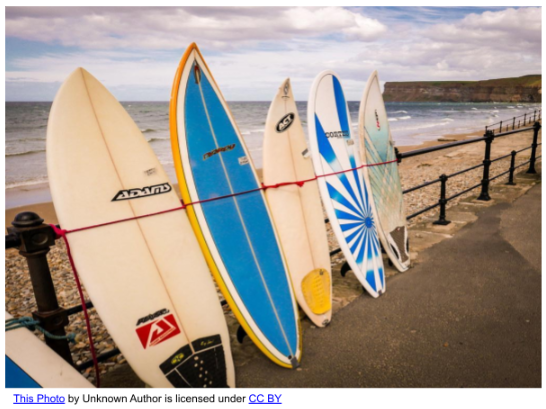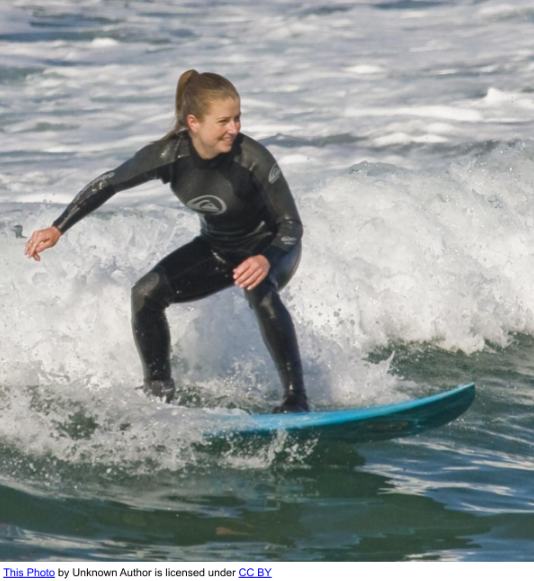Main Rules to Buy You First Surfboard
So you want to buy your first surfboard? Congratulations! There are a few main things you need to know in order to make the right purchase. In this blog post, we will discuss the most important factors to consider when buying your first board. We’ll also provide some tips for beginners who are just starting out. Let’s get started!
General Advice for Buying a Surfboard
When you’re ready to buy your first surfboard, there are a few things to consider. First, think about the kind of waves you’ll be surfing. Are they big and powerful, or small and gentle? If you’re just starting out, small and gentle is probably the way to go.
 Second, consider your own size and strength. A bigger board will be more stable, but it will also be harder to control. Third, think about how often you’ll be surfing. If you’re only going to surf a few times a year, you might want to buy a used board or rent one from a local shop. On the other hand, if you’re planning on hitting the waves every chance you get, it’s worth investing in a good quality board that will last.
Second, consider your own size and strength. A bigger board will be more stable, but it will also be harder to control. Third, think about how often you’ll be surfing. If you’re only going to surf a few times a year, you might want to buy a used board or rent one from a local shop. On the other hand, if you’re planning on hitting the waves every chance you get, it’s worth investing in a good quality board that will last.
When Time is of the Essence…
If you’re trying to balance school with a job, surfing, and a social life, it can be tough to find the time to write a good paper. That’s where EduBirdie thesis writing help comes in. This custom essay writing service that can take care of all your writing needs, freeing up your time to surf, party, or just relax. Whether you need help with a thesis, an essay, or homework, they’ve got students covered. All you need to do is search for ‘write my essay’ on your search engine and start browsing for essay writing specialists that fit your needs. Getting help with homework is no shame, especially when you want to learn something as challenging as surfboarding.
Tips For buying Your First Surfboard
- Calculate The Volume of Your Surfboard
You’ll need a few things before you start: a tape measure, a calculator, and your surfboard. With the tape measure, you’ll want to measure the length, width, and thickness of your board.
Once you have those numbers, you can plug them into this formula to calculate the volume of your surfboard: length x width x thickness x 0.0113 = volume in cubic feet. For example, if your board is 6 feet long, 2 feet wide, and 6 inches thick, the calculation would be: 6 x 2 x 0.5 x 0.0113 = 0.168 cubic feet. This is just an estimate—the actual volume of your board may be slightly different depending on its shape. But knowing the approximate.
- Consider The Right Surfboard Height For You
When it comes to choosing the right surfboard, one of the most important factors to consider is height. The general rule of thumb is that the board should come up to somewhere between your chin and nose. Of course, there are always exceptions to this rule, and the best way to find the right board for you is to try out a few different options. But in general, a taller board will be more stable, while a shorter board will be more maneuverable.
So if you’re just starting out, it’s probably a good idea to go with a taller board. But as you become more confident in your surfing skills, you can experiment with smaller boards and see what works best for you.
- Consider The Waves That You Will Be Catching
 When you’re buying a surfboard, you need to consider what kind of waves you’ll be catching. Are you a beginner who wants to learn on small, gentle waves? Or are you an experienced surfer who’s looking for a board that can handle big, powerful waves?
When you’re buying a surfboard, you need to consider what kind of waves you’ll be catching. Are you a beginner who wants to learn on small, gentle waves? Or are you an experienced surfer who’s looking for a board that can handle big, powerful waves?
The type of board you choose should match your skill level and the kinds of waves you’ll be riding. For example, a longboard is great for beginners because it’s stable and easy to paddle. But if you’re looking to catch some serious air, you’ll need a shorter, more maneuverable board. So think about the waves you’ll be riding before you head to the surf shop. It’ll save you a lot of time and frustration in the long run.
- Select The Proper Fin Configuration
If you’re in the market for a new surfboard, one of the first decisions you’ll need to make is what kind of fin configuration to get. The most common options are thrusters (three fins), quads (four fins), or twins (two fins). Each setup has its own advantages and disadvantages, so it’s important to choose the one that best suits your surfing style.
Thrusters are the most versatile option and work well in a variety of wave conditions. Quads are great for generating speed and making tight turns, but they can be more difficult to control in bigger waves. Twins are ideal for surfers who like to do a lot of carving and turning, but they’re not as good for generating speed.
Wrapping Up
So what’s the best option for you? It really depends on your surfing style and the kind of waves you’ll be riding. If you’re not sure, it’s always a good idea to ask for advice from an experienced surfer or surf shop employee. They’ll be able to point you in the right direction.
Author Bio:
Sven Egger is a passionate surfer and writer. He’s been surfing for over 15 years and has written about the sport for magazines and websites. In his free time, Sven teaches surfboarding lessons.
